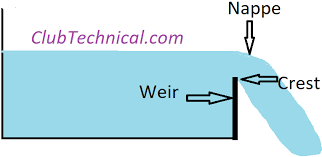TYPES OF PRISM USED IN TOTAL STATION
The main types of prisms used in total stations are standard prisms, 360° prisms, and monitoring prisms, each suited for different applications. Standard prisms are for conventional surveying, 360° prisms allow for one-person, automated operation with robotic total stations, and monitoring prisms are used for tracking movement of structures. Mini prisms, which are smaller versions, are also commonly used for increased accuracy at shorter distances.
Standard prisms
Purpose: Traditional surveying tasks where a surveyor points the prism at the total station.
Description: Have a single reflective surface and are designed to be aimed at the instrument.
Best for: High-distance applications and when a second person is available to move the target.
360° prisms
Purpose: Automated tracking with robotic total stations, where the instrument can find and follow the prism on its own.
Description: Reflect signals from all directions, meaning they do not need to be precisely aimed at the total station.
Best for: One-person operations, dynamic environments, and complex projects where the instrument and prism may move frequently.
Monitoring prisms
Purpose: To monitor the movement of structures like buildings, bridges, or tunnels.
Description: Often have an L-bracket shape and are mounted on a fixed structure. Some have magnetic bases for easy mounting.
Best for: Deformation and stability monitoring, and can be used with either manual or robotic total stations.
Mini prisms
Purpose: To achieve high accuracy over shorter to medium ranges.
Description: Smaller versions of standard and other prism types.
Best for: Situations where space is limited or pinpoint accuracy is required.







Comments
Post a Comment